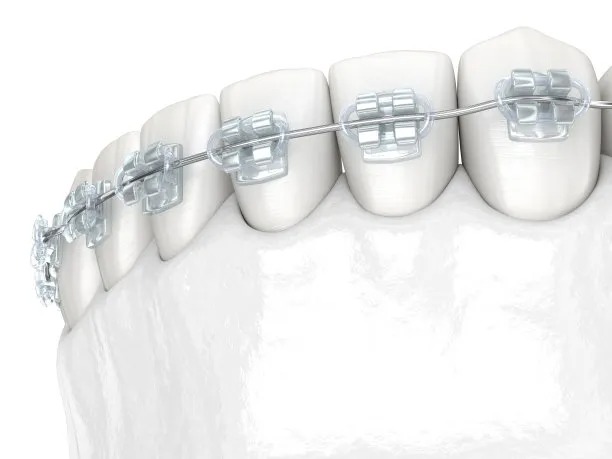Understanding the Process and Importance of Extracting a Tooth for Your Dental Health Journey
Summary: Extracting a tooth is often a necessary process in dental health management. This article explores the critical aspects of tooth extraction, including indications, the procedure itself, aftercare, and the long-term benefits for oral health. Understanding these facets helps patients make informed decisions, aligning their dental journey with best practices. It is essential to appreciate that while tooth extractions are a common practice, each step is vital in ensuring optimal oral health. With the right approach and knowledge, patients can navigate their dental health journey confidently and effectively.
1. When Is Tooth Extraction Necessary?

There are several scenarios where tooth extraction becomes necessary. One of the most common reasons is overcrowding. When there isnt enough space in the mouth for all teeth to fit properly, orthodontic treatment sometimes requires the removal of one or more teeth. This process helps in aligning the remaining teeth appropriately.
Another situation that calls for tooth extractions is the presence of decayed teeth. When a tooth is severely decayed and cannot be saved by treatments such as root canals or crowns, extraction is the best course of action. This not only alleviates pain but also prevents the spread of infection.
In addition to overcrowding and decay, impacted teeth, particularly wisdom teeth, often necessitate removal. These teeth may become trapped in the jawbone or gums, leading to infection, pain, and other dental complications. Early extraction of wisdom teeth is advisable to avoid further issues.
2. Understanding the Tooth Extraction Procedure
The process of tooth extraction typically begins with a thorough examination, including X-rays, to evaluate the tooths condition and position. Once the decision is made, the dentist will discuss sedation options with the patient to ensure comfort during the procedure.
During the extraction, local anesthesia is administered to numb the area around the tooth. In more complicated cases, general anesthesia may be employed. After the anesthesia takes effect, the dentist uses specialized tools to loosen the tooth and remove it from the socket carefully.
Post-extraction, the dentist will provide guidance on managing any discomfort and signs of complications, such as dry socket. Understanding this process helps ease patient anxiety and fosters trust in dental professionals.
3. Post-Extraction Care for Optimal Recovery
After a tooth extraction, following proper aftercare instructions is crucial for quick recovery. Initially, patients are advised to rest and avoid strenuous activities. Ice packs can be applied to the cheeks to minimize swelling and discomfort.
It is also important to maintain oral hygiene, but care must be taken when brushing the extraction site. Gentle rinsing with warm salt water can help in keeping the area clean and promote healing.
Patients should monitor their symptoms closely. If they experience excessive bleeding, intense pain, or any signs of infection, they should contact their dentist immediately. Taking prescribed pain medication as directed can also help manage discomfort effectively.
4. Long-Term Benefits of Tooth Extraction
While the thought of having a tooth extracted might be daunting, the long-term benefits often outweigh the short-term discomfort. Properly managing overcrowding through extraction can lead to better alignment in the future, enhancing both functionality and aesthetics.
Moreover, addressing decay through extraction helps preserve overall oral health. Leaving a decayed tooth untreated can lead to further complications, including gum disease. By acting proactively, patients can avoid more invasive procedures and maintain their dental health.
Finally, removing impacted teeth can prevent significant pain and complications down the road. Patients generally find that, post-recovery, they experience improved oral functionality and overall comfort, underscoring the importance of understanding when extraction is necessary.
Summary:
The decision to extract a tooth is often timely and essential for maintaining optimal dental health. From understanding the indications for extraction to the procedure itself and aftercare, each aspect plays a significant role in the patients journey toward better oral health. Embracing such insights enables patients to make informed choices and prioritize their dental care effectively.
This article is compiled by Vickong Dental and the content is for reference only.



